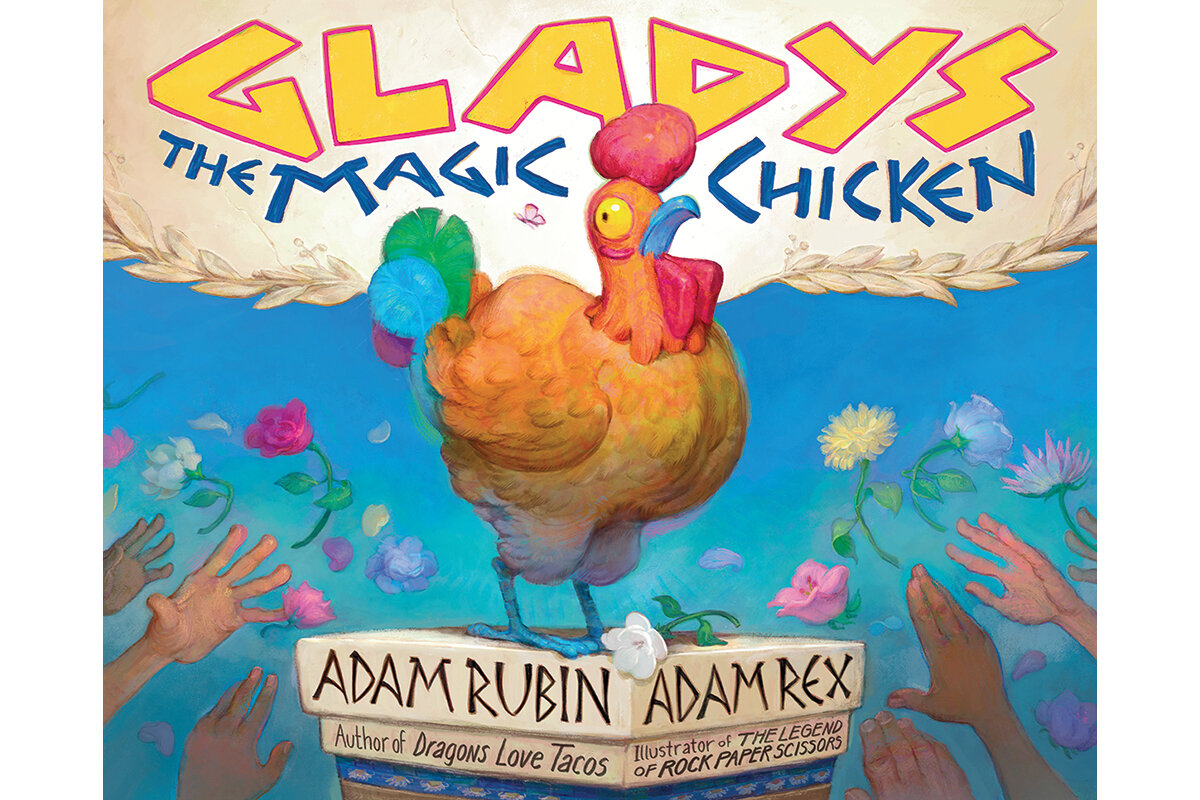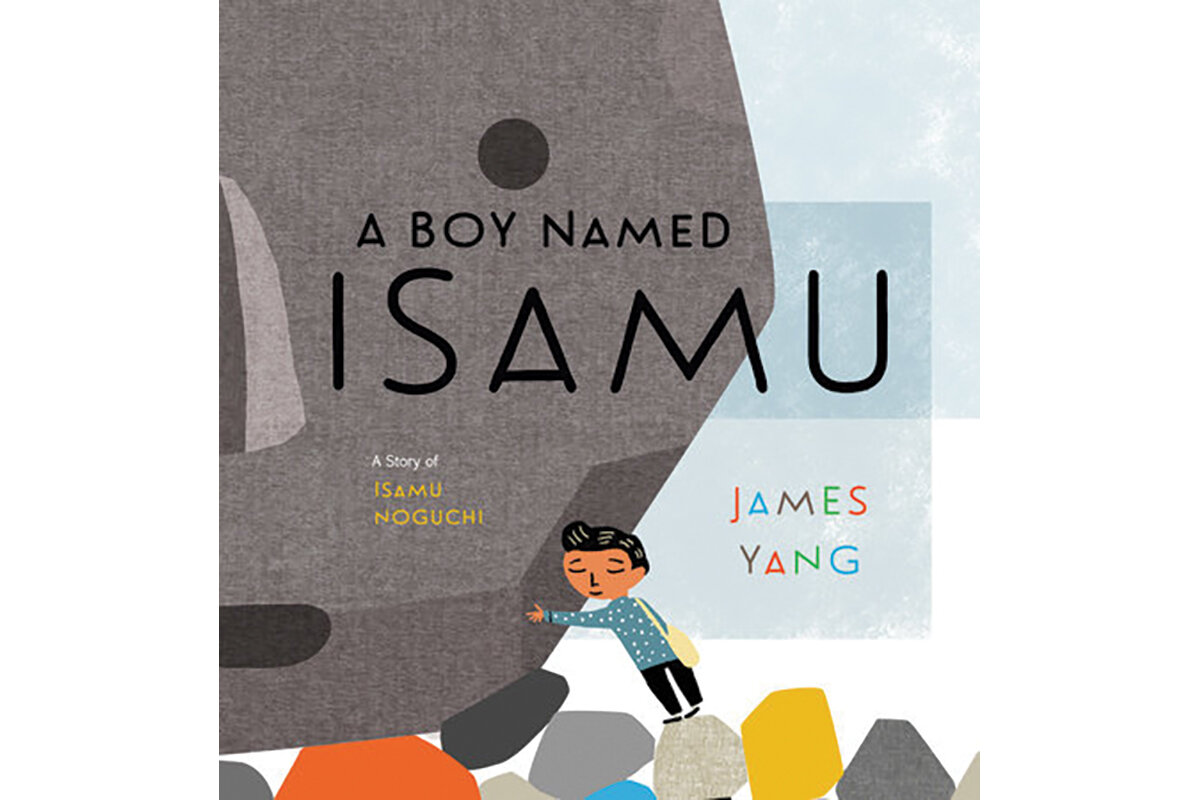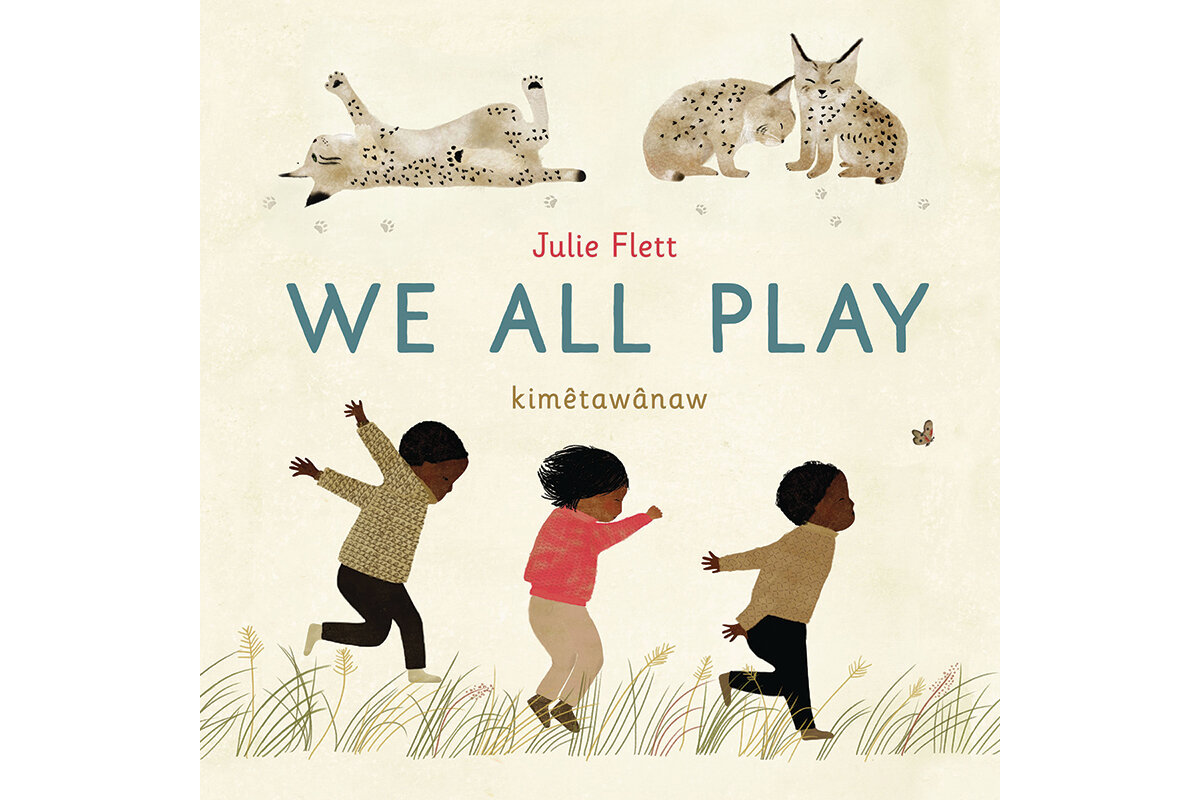Flights of imagination take wing with picture books
Loading...
Close your eyes and think of your favorite picture books when you were young. They were most likely the perfect blend of colorful images and evocative words – and they created entire worlds for you to enter. They featured people and animals that ran, jumped, climbed, and soared.
This fall, we offer five titles that include a joyous range of peoples and cultures and a generous share of universal experiences. The children in these books overcome fears, experience the delight of the natural world, celebrate alone time, and learn about a chicken who may or may not have special powers.
Why We Wrote This
What fosters closeness better than story time? We asked a children’s book buyer for an independent bookstore to share her recommendations of titles she’d read aloud to small ones.
With illustrated books, the connection between reader and listener – as well as the interplay of text and image – can create powerful memories. These books are enriched by the experience of sharing them, with read-aloud time spurring a child’s curiosity and igniting discussions.
Room for Everyone (ages 4-8)
Written by Naaz Khan, illustrated by Mercè López
Why We Wrote This
What fosters closeness better than story time? We asked a children’s book buyer for an independent bookstore to share her recommendations of titles she’d read aloud to small ones.
Hop on the daladala (a kind of minibus taxi) on the way to the blue crystal waters of Zanzibar! The vibrant illustrations play with color, perspective, and texture. Rhythmic language dances across the pages as more and more people and their belongings pile into the vehicle on the way to the beach. It seems there can’t possibly be room, but “after some wiggles and giggles and fun, they made enough room for everyone.” Even the typeface becomes flexible, with words such as “shuffle,” “squirm,” and “squeeze” taking up extra space on the page.
The bus fills up and the illustrations keep expanding until a truly spectacular cross section of the overloaded daladala is followed by the cathartic release. Ahhhhh. After the characters climb out to enjoy the beautiful beach, readers should stay on board for a glossary of Arabic and Swahili words as well as a page about Zanzibar and its culture. This is a book you will be happy to read again and again because it’s so full of sunlight and energy.
Gladys the Magic Chicken (ages 4-9)
Written by Adam Rubin, illustrated by Adam Rex
The author of “Dragons Love Tacos” pairs with the illustrator of “On Account of the Gum” in this hilarious tale. It’s a big, sweeping story that’s just right for sharing a belly laugh with the whole family.
Set in ancient times, the story centers around a bug-eyed, much-celebrated chicken named Gladys. At 48 pages, this is longer than the standard picture book, which helps give it an epic feeling. Characters such as Shepherd Boy, Brave Swordsman, Purple Pooh-bah, and Learned Princess, who writes a catchy little ditty that ends in “Abra-cock-a-doodle-dee-doo!,” make “Gladys the Magic Chicken” laugh-out-loud memorable.
But what I truly love about this is that it can prompt your own Socratic dialogue: Does Gladys have special powers? Why not read it together again and discuss?
Maybe Maybe Marisol Rainey
(ages 4-10)
Written and illustrated by Erin Entrada Kelly
Readers might know Erin Entrada Kelly from her Newbery Medal-winning chapter book, “Hello, Universe,” or her Newbery Honor book, “We Dream of Space.” In this start of a series aimed at younger readers, Kelly again creates rich characters, but this time with short chapters and endearing line drawings that work perfectly for a multilevel read-aloud as well as for early independent chapter-book reading.
Eight-year-old Marisol is quirky: She loves silent movies and has four plush cats named after her favorite foods: Nacho, Lumpia, Banana Split, and Pot Roast. Her charm shines through the prose and the pictures. In this book, Marisol works up her courage to climb the tree in her backyard (which she names Peppina) – maybe. The unique details about Marisol’s life go perfectly with the universal emotions depicted, making this a wonderful conversation starter plus a satisfying reread. Watch for a second book in the series in 2022.
A Boy Named Isamu (ages 3-7)
Written and illustrated by James Yang
One of the unexpected charms of this book is that it is told in the second person. The lines between audience and character, observer and artist, and reader and listener soften to allow us to explore sensation, isolation, and creativity along with the protagonist.
Isamu seeks quiet so he can listen to his own curiosity. “What kind of wood is this? How does fruit get its color? Why does cloth feel so soft? Who made the path with stone?” Readers can ponder how they might answer these questions in the text, and they might come up with questions of their own. They are invited to explore the wonder in the sound of a stick in the sand, the look of welcoming light, and the perception of the weight of stone.
The main character is inspired by the Japanese American sculptor Isamu Noguchi. The author’s note at the end of the book provides further information, including a photograph of young Isamu and one of his sculptures. It also explicitly celebrates alone time and the creativity that comes from it.
This gorgeous book might help everyone understand how one might be “alone but not lonely.”
We All Play (ages 3-7)
Written and illustrated by Julie Flett
Stunning illustrations, fun alliteration, a fantastic vocabulary, and shout-it-out repetition make this a favorite. Each spread in the book shows a sequence of alliterative verbs matched with animals, followed by the chorus of “We play too! / kimêtawânaw mîna” and a playful assortment of kids in different seasonal settings. The images are soft, warm, and full of exuberant movement. Toward the end, the wolf cubs “yip / and yawn / And slowly, side by side / animals fall asleep.” Finally, after one last frolic in a pile of autumn leaves, “We do, too. nîstanân mîda .../ zzzz.” The children in the book, as well as those listening, reach a calm conclusion.
Images and text are spare enough to allow ample time for readers to talk about the vocabulary and act out the motions. The first-person plural narration emphasizes universality and a connection to the natural world, something also addressed at the end of the book as the author-illustrator shares a bit about her Cree-Métis culture. A glossary with Cree words is included, and readers can find an audio guide online for the pronunciation.
Time for Bed, Old House (ages 3-7)
Written by Janet Costa Bates, illustrated by A.G. Ford
This multigenerational story is sweet, soothing, and empowering.
Young Isaac is excited to visit his grandfather, but he is also anxious about sleeping away from home. Grandpop guides Isaac on a bedtime ritual through the house, acknowledging the noises that unfamiliar old houses make and subtly addressing Isaac’s fears. They finish with preliterate Isaac “reading the pictures” aloud to Grandpop. Adults and children might recognize the story Isaac reads as “The Snowy Day” – a nod to a beloved children’s classic. The illustration for this scene is especially comforting, with Grandpop, Isaac, and Isaac’s bear snuggled together in an armchair with the book. The scene emphasizes the power of connection through books, conveying warmth and love through text and image.
By the final pages, Grandpop is asleep, and Isaac takes responsibility for putting himself to bed. Like Isaac, readers and listeners can look forward to a good night’s sleep and another day of fun to come tomorrow.











